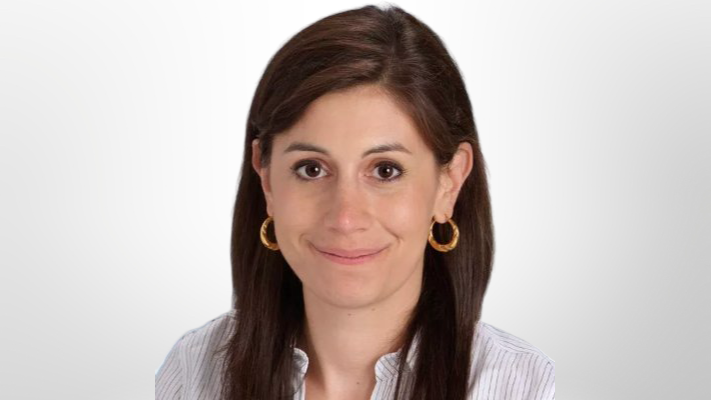
Lea Alhilali: Do You Know How to Tell the Age of Blood on MRI?
Lea Alhilali, Neuroradiologist at HonorHealth Research Institute, shared a post on X:
“Age isn’t just a number!
Do you know how to tell the age of blood on MRI?
This post shows you how to date blood on MRI so that the next time you see a hemorrhage, your guess on when it happened will always be in the right vein!
No one likes the crazy mnemonic about babies and daddies
But if you look at the mnemonic, you will notice that T1 signal is all you need to tell if blood is acute, subacute or chronic.
Remember 2 basic MRI rules:
(1) Remember T1 loves protein. More protein = brighter on T1. I remember this bc T1 looks like the T & I in protein
(2) T2 loves water. Fluid is bright on T2. This is easy bc there’s a 2 in H2O.
ACUTE BLOOD
–First hours, basically blood just poured out of the artery.
–How does T1 feel about acute blood? Acute blood has water w/little protein
–Get some love from T1 for the little protein, isointense on T1.
SUBACUTE BLOOD
–Subacute = blood gets oxidized.
–Why an apple or a steak turns dark when it’s left out
–Hemoglobin becomes methemoglobin.
–Cells will begin to lyse & water content is lost = more dense protein.
–More protein means HIGH T1 signal.
CHRONIC
— Proteins lyse, including heme, releasing iron
–Iron clumps to make ferritin/hemosiderin.
–Neither T1 or T2 sequences like metals like ferritin/hemosiderin.
–Remember: metal doesn’t mix well w/protein (cuts right through it) or water (together water and iron make rust).
Hopefully this post will age well!”

Continue Reading on Hemostasis Today.
-
Nov 19, 2025, 18:03Andres Ricaurte Fajardo on a Strongyloides Stercoralis Hyperinfection with Thrombosis
-
Nov 19, 2025, 17:50Marilena Vrana Reflects on PPTA Europe’s Visits with Members and Stakeholders in 2025
-
Nov 19, 2025, 17:32Michael Makris Shares Insights from Global Forum Meeting of the WFH Meeting in Montreal
-
Nov 19, 2025, 17:14Yazan Abou Ismail Takes The Legacy Award from Qatar Foundation
-
Nov 19, 2025, 17:02Wolfgang Miesbach Shares Real-World Evidence on Eptacog Beta from Spain
-
Nov 19, 2025, 16:34Ishita Singh Reflects on Haematocon 2025: A Reminder of Her Commitment to The Journey
-
Nov 19, 2025, 16:23Mehdi Kashani: I’m Really Excited to Share Schistosite.com
-
Nov 19, 2025, 16:09A ”Meow-cyte” from Melaku Abay Muluneh or Why Microscopy Never Gets Old!
-
Nov 19, 2025, 15:56Cuilan Li on her Contribution to a Cutting-Edge Project in Polycythemia Vera
